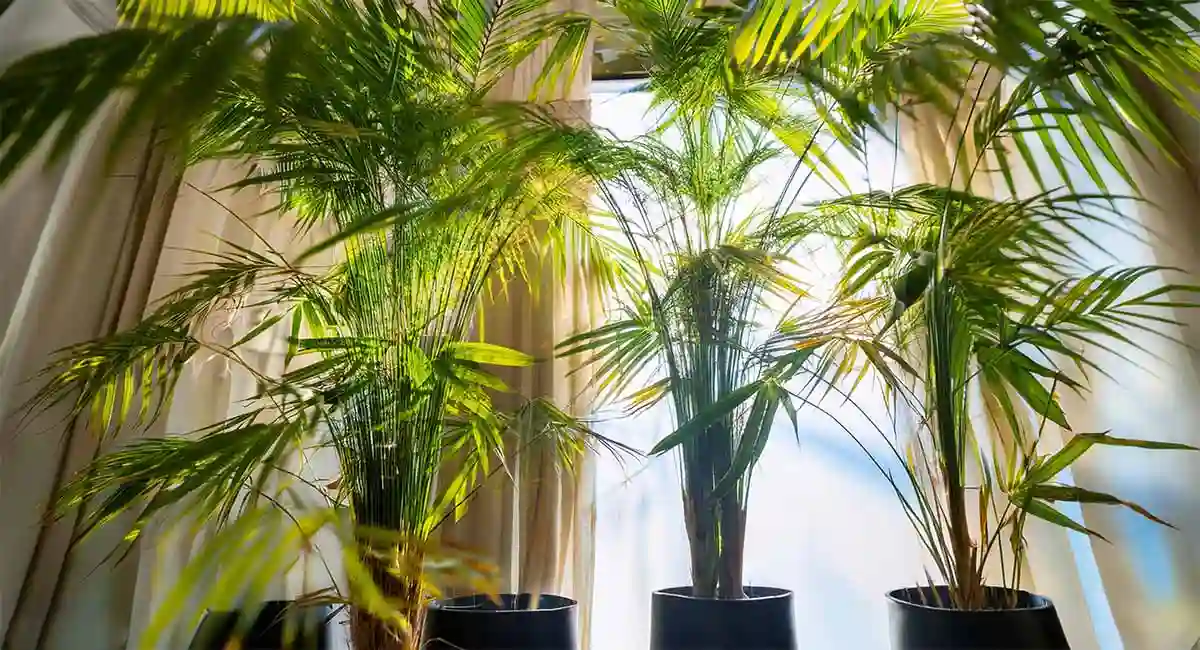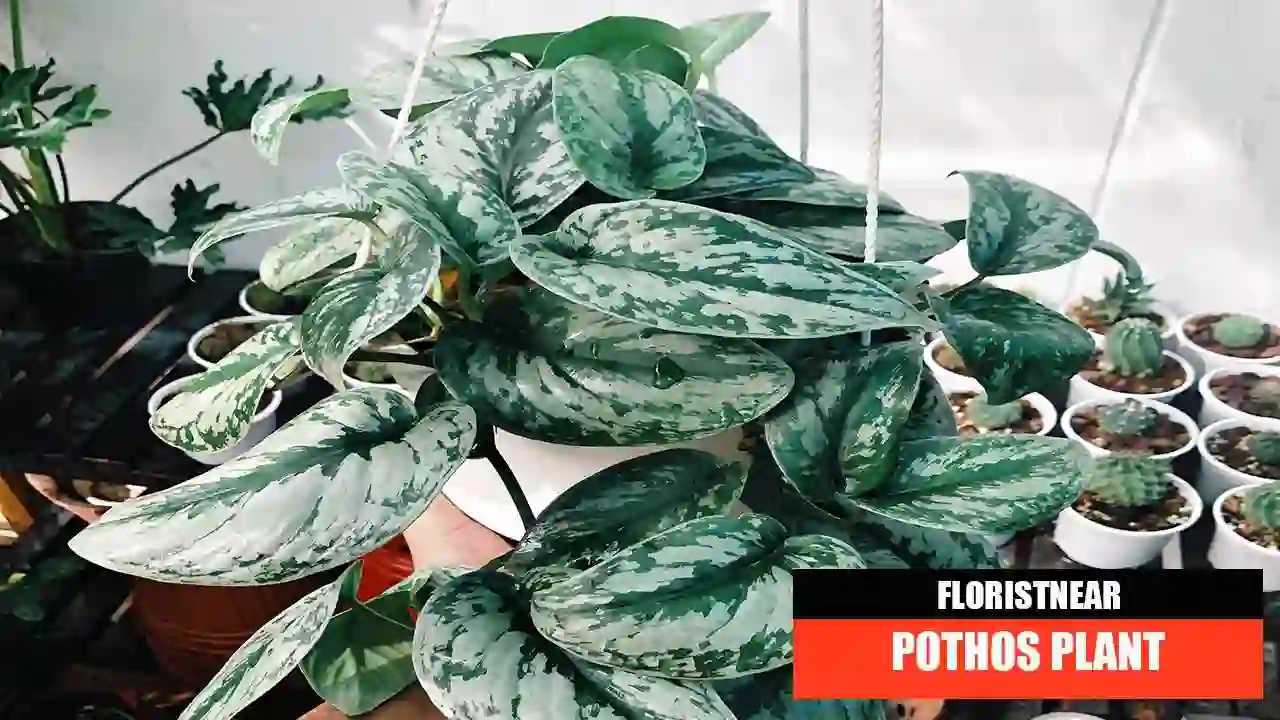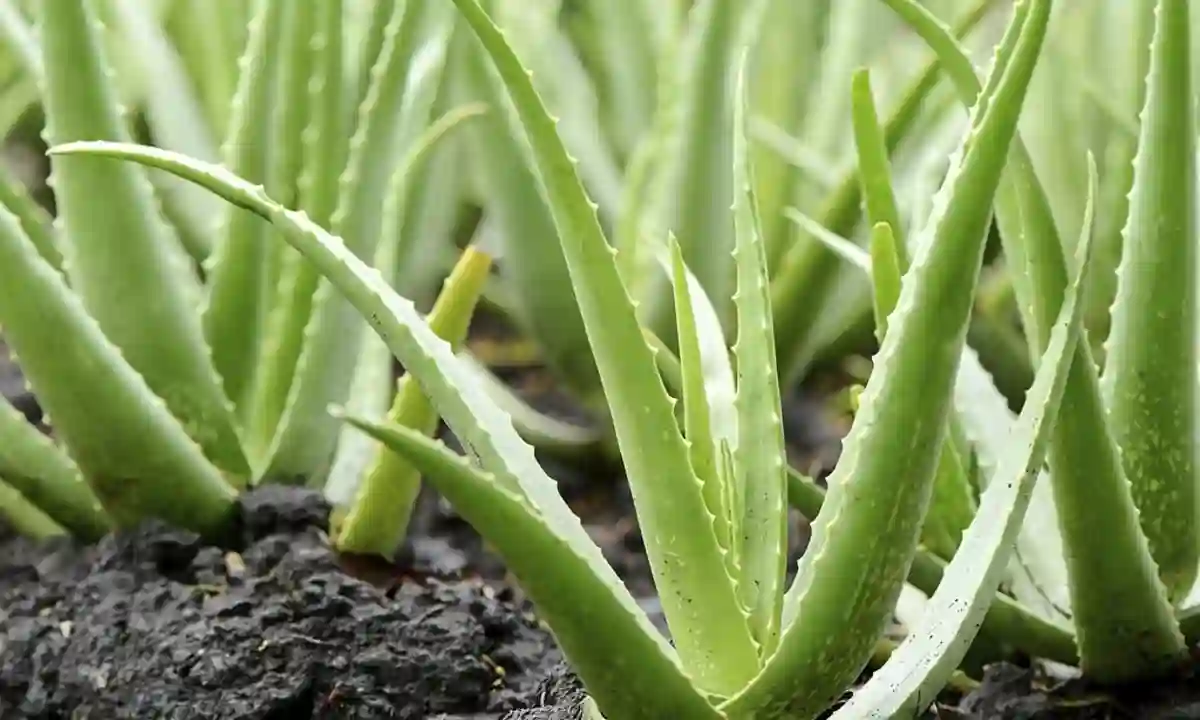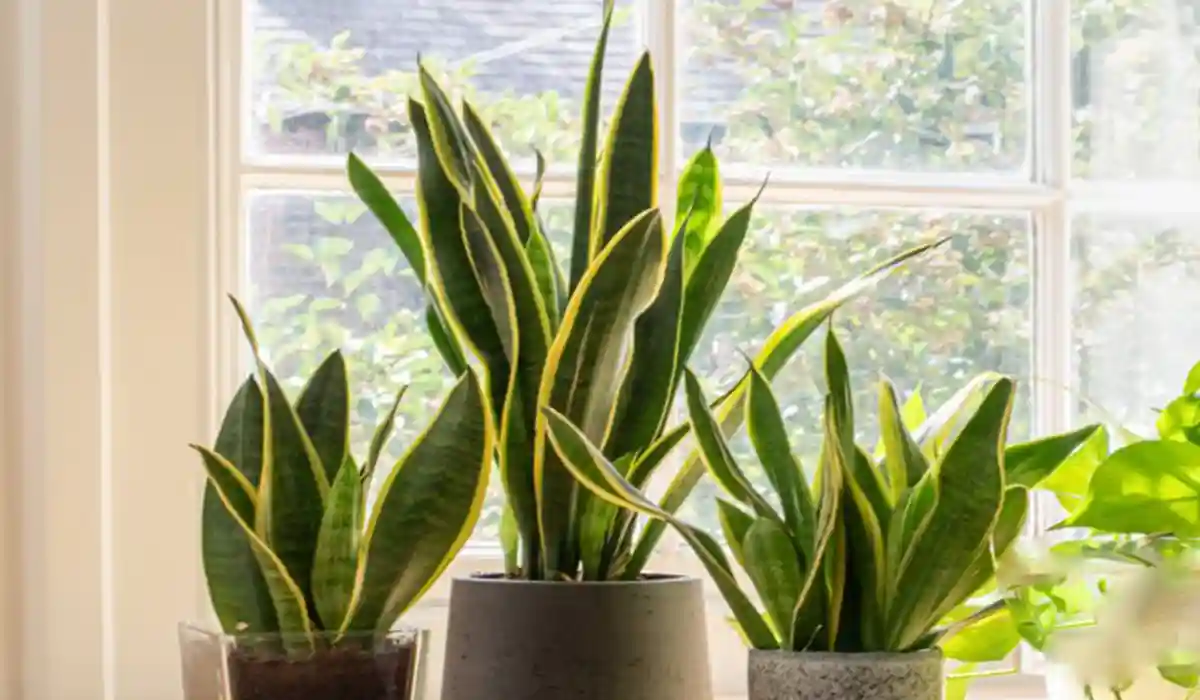The bamboo palm is a simple and beneficial plant known for its tropical appearance and excellent care. It’s an excellent choice for houseplants seeking to enhance aesthetic appeal, but bamboo’s taste extends beyond its appearance.
Bamboo palm, moreover known as Chamedoria elegans, In this article,, we are going examine the benefits of owning a bamboo palm, how to care for one, and why it is the culminate plant for your domestic.
Introduction to Bamboo Palm
Bamboo palm may be a tropical plant local to Mexico and Central America. It could be a little, compact plant that ordinarily develops to a tallness of around 4 to 6 feet. The plant has lean, slim stems that are topped with lavish green clears out. The leaves of the bamboo palm are pinnate, which implies that they are separated into littler pamphlets.
Bamboo palm may be a prevalent indoor plant due to its moo support necessities and the various benefits it gives. It is frequently utilized in workplaces and homes to include a touch of greenery to the environment.
Benefits of Owning a Bamboo Palm
Not as it were is the bamboo palm outwardly engaging, but it too offers a few benefits for your domestic and wellbeing. Here are fair a couple of of the benefits of owning a bamboo palm:
Improves Air Quality
Bamboo palms are great discuss purifiers, making them a fantastic choice for indoor spaces. They are known for their capacity to evacuate poisons such as formaldehyde, benzene, and carbon monoxide from the discuss, making the discuss in your domestic more beneficial to breathe.
Increases Humidity
Bamboo palms too discharge dampness into the air, increasing the mugginess levels in your domestic. This can be especially useful amid the winter months when the discuss tends to be drier.
Reduces Stress
Inquire about has appeared that investing time around plants can reduce stress levels and make strides by and large well-being. The bamboo palm’s rich foliage can create a calming and unwinding climate in your domestic, making a difference you to feel more at ease.
Low Maintenance
The bamboo palm is moderately moo upkeep compared to other indoor plants. It doesn’t require much daylight and can flourish in lower light conditions, making it an great choice for rooms that do not get much normal light. It too doesn’t require much watering, because it favors to dry out between waterings.
Care for a Bamboo Palm
Presently that you just know the benefits of owning a bamboo palm, let’s plunge into how to care for one.
1. Lighting
The bamboo palm favors shinning, roundabout light but can too tolerate low light conditions. Dodge putting it in direct daylight, as this could burn the clears out.
2. Watering
Bamboo Palm requires reliable dampness, but overwatering can lead to root decay. Water the plant when the beat inch of soil is dry to the touch. Utilize a well-draining potting mix and guarantee that the pot has waste gaps. In the event that the takes off start to turn brown, it may be a sign of overwatering.
3. Soil
The bamboo palm inclines toward well-draining soil that’s wealthy in natural matter. You’ll be able utilize a peat-based preparing blend or a soil blend particularly planned for palms.
4. Temperature
The bamboo palm thrives in temperatures between 65-80 degrees Fahrenheit, so it’s important to avoid placing it near drafty windows or entryways to ensure its longevity.
5. Fertilizer
Bamboo Palm benefits from standard fertilization during the growing season (spring and summer). Utilize a adjusted, water-soluble fertilizer and take after the enlightening on the package. Maintain a strategic distance from fertilizing amid the torpid season (drop and winter).
6. Pruning
Bamboo Palm seldom needs pruning, but you’ll evacuate any dead or yellowing leaves to progress the plant’s appearance. Utilize clean, sharp shears and cut close to the base of the leaf stem.
7. Propagation
Bamboo Palm can be proliferated by division or seed. Division is the most straightforward strategy and ought to be tired the spring. Carefully remove the plant from its pot and isolated the roots into smaller sections, guaranteeing that each section encompasses a solid root framework. Replant each area in a isolated pot with new soil.



